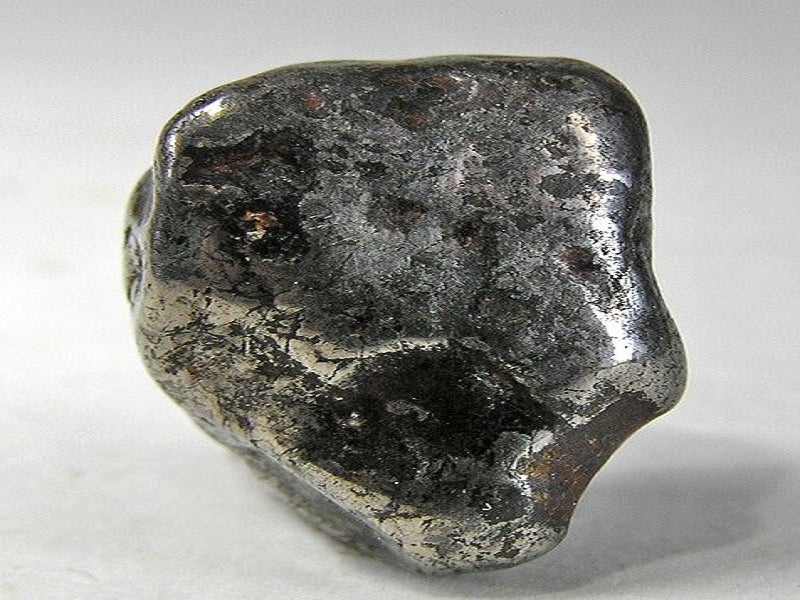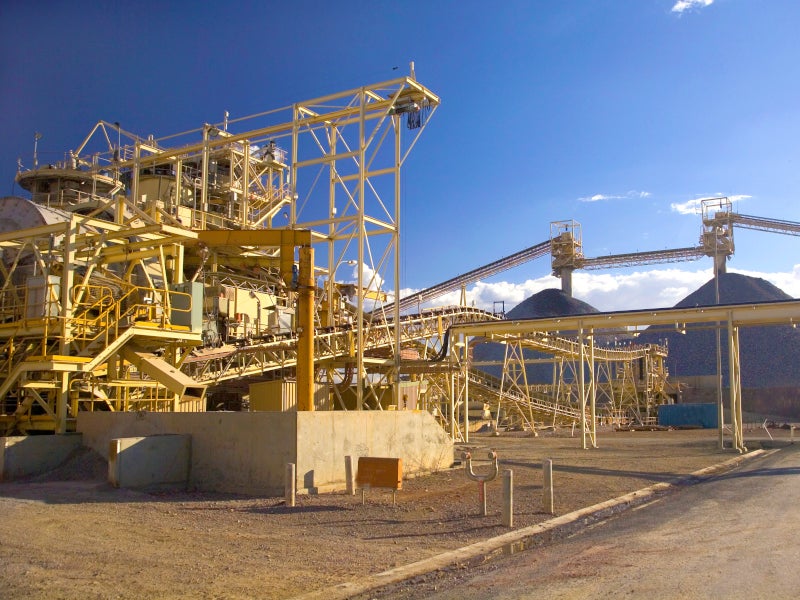The Baptiste nickel project is a greenfield, open-pit mining project in British Columbia that is being developed by FPX Nickel, a nickel mining company based in Vancouver, Canada.
A prefeasibility study (PFS) for the project was completed in September 2023. The estimated initial capital cost for the development of the project is $2.18bn while the expected mining life is 29 years.
FPX Nickel signed a non-binding memorandum of understanding involving the Baptiste nickel project with Japan Organization for Metals and Energy Security and Prime Planet Energy & Solutions, a joint venture between Toyota and Panasonic, in September 2023. As per the terms of the agreement, the companies will work collaboratively, share technical information and expertise, and explore potential strategic arrangements and business structures.
The Baptiste nickel project will produce awaruite concentrate as the primary product, accounting for approximately 93% of the total nickel production. The remainder will be a mixed hydroxide precipitate coproduct.
Project location
The Baptiste nickel project is located in the Nechako region of central British Columbia. The site lies approximately 90km north-west of Fort St. James and is located entirely within the Decar Property claims package, which is fully owned by FPX Nickel.
The Decar Property comprises 62 contiguous mineral claims encompassing an area of 247km2 within the Omineca Mining Division.
Geology and mineralisation
The Decar property lies within the Cache Creek terrane, composed mainly of Carboniferous to Jurassic rocks. The terrane consists of radiolarian chert and argillite, shallow-water carbonate, ophiolite, and calc-alkaline volcanic to volcano-sedimentary rocks.
Mineralisation at Baptiste occurs as awaruite, hosted within the serpentinised, Trembleur ultramafite rocks of the Cache Creek terrane. The mineralisation typically extends to vertical depths of 200-300m.
Baptiste nickel project reserves
The proven and probable reserves at Baptiste nickel project are estimated at 1.48 tonnes (t), grading 0.13% Davis Tube magnetically-recovered nickel as of September 2023.
Mining method
The Baptiste nickel project will be developed as a large-scale open-pit mine with truck and shovel operation.
It will be developed in two phases, with phase one encompassing the first nine years of operation with a nominal ore processing rate of 108 kilotonnes a day and phase two will planned to begin from year ten of operations, coinciding with the processing expansion to 162 kilotonnes a day.
Mining will be carried out in 10m-high double benches in a phased approach, comprising eight pushback phases. Phase one will commence with a starter pit on the south-eastern side of the deposit. Phase two will commence as a pushback to the north-west of the starter pit.
Phase three will commence in year ten, coinciding with the processing expansion, and pushback to the north while phase four will be a pushback to the south. The subsequent mining phases will involve further pushbacks towards the north-eastern and north-western pit walls, culminating in a final pushback of the north-east pit wall.
The primary mining fleet will consist of a mix of dozers, graders, wheel loaders, and excavators, providing flexibility in handling various aspects of the mining operation. Loading operations will be handled by 42m3 electric hydraulic shovels, with 19m3 front-end loaders.
Ore processing
The run-of-mine ore will be crushed in a primary gyratory crusher and stockpiled. The crushed ore will then undergo grinding in semiautogenous grinding mill and ball mill, operating parallelly in a closed circuit with cyclones.
The cyclone overflow will be directed to the magnetic separation circuit. The three-stage separation circuit will use low-intensity magnetic separators (LIMS) and incorporate two regrind stages.
The thickened magnetic concentrate from the LIMS will undergo further refinement in the awaruite flotation circuit.
The resulting awaruite concentrate from the flotation process will be dewatered using a LIMS and a filter press.
MHP will be recovered from the precipitation of both awaruite flotation and awaruite flotation tailings leach circuits. The MHP precipitate will be processed, packaged, and shipped off site while the magnesium precipitate will be sent to the tailings facility with the filtered leach residue.
Site infrastructure
The current access road to the project site from Fort St. James are public roads and gravel forestry service roads. A new bridge across the Middle River is being constructed to reduce the distance to 131km.
The project is expected to require 145MW of power for the initial nine years and an additional 74MW for the remainder of its operational life. A 155km-long, 230kV overland transmission line connecting to the BC Hydro grid at the Glenannan substation will be constructed for the same.
Fresh water will be sourced from Trembleur Lake via a 14km-long pipeline system.
Contractors involved
The PFS was prepared by Ausenco Engineering (Canada). The engineering company was responsible for the process plant and on-site infrastructure design, cost estimates, and economic analysis of the project.
Knight Piesold, a global consultant, provided the design and cost estimates of the tailings and water management facilities.
Onsite Engineering, an engineering and geoscience company, provided the off-site road system design while Carisbrooke was responsible for the off-site power infrastructure design and cost estimate.
Next Mine Consulting developed the geological modelling and resource estimation.






